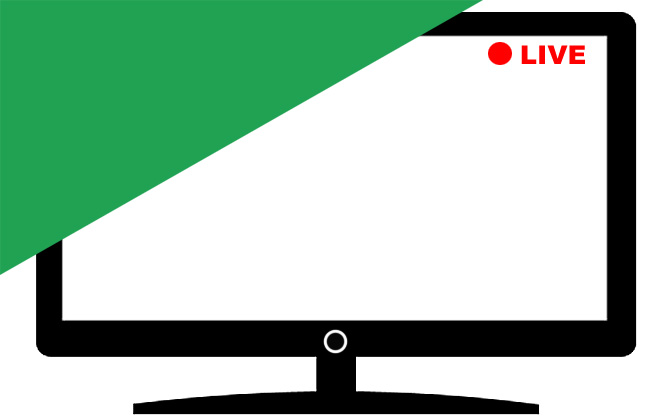
Live streaming: It’s here, now and free!
Sunday saw YouTube’s biggest live-streamed event yet. The Practice team didn’t manage to follow along, but were astounded to learn that skydiver Felix Baumgartner’s 24 mile dive from space achieved a live audience of 8 million. This made it the first live stream to gain the most concurrent views ever.
The overwhelming fact is that by comparison, YouTube coverage of the London 2012 Olympics peaked with a mere 500,000 views- this clearly puts into perspective the sheer enormity of Baumgartner’s feat, and the fact that live streaming is surely the trending technological craze of the moment. Currently the event puts it on par with YouTube’s live stream of the first US presidential debate between Romney and Obama which garnered several million views. There’s definitely a vast amount of effort involved for the Google-owned company to deliver this type of content in real time; for example when YouTube was put in charge of streaming NBC’s coverage of the London Olympics, the site had to produce an output of 3500 hours of live coverage online and through native apps; definitely no easy feat.
So what are the benefits of live streaming? For the consumer, (aside from the fact that it’s free!) YouTube uses adaptive bitrate streaming to provide a great picture quality regardless of whether you watch via mobile, tablet or laptop streaming. Users can also check out www.youtube.com/live to discover upcoming live events, which they can add to their calendars. One of the great benefits for broadcasting corporations is that YouTube enables its partnering networks such as NBC to achieve maximum exposure in the online environment. Even tonight when YouTube live streams the third 2012 Presidential debate, YouTube’s stream will feature commentary and analysis from its eight Election Hub partners, ABC News, Al Jazeera English, BuzzFeed, Larry King, New York Times, Phil DeFranco, Univision and the Wall Street Journal. The partners will also independently provide their own live and on-demand coverage of the debates before, during and after they air.
And for those of you who want to broadcast your own live stream, all you need is a Google + account. Thanks to Google’s new ‘Hangouts On Air’ feature which allows users to broadcast and engage with an event, users can now broadcast their live hangout to their Google + stream, and now also to their own YouTube channel.
So is YouTube live streaming the new ‘television’ as we know it? Obviously only events with enough demand to generate viewing figures such as the Royal Wedding are currently being shown in this manner. Twitter’s the ‘real-time’ platform of social media, so why too can’t YouTube? The Practice definitely think it’s only a matter of time before YouTube live streaming figures will consistently match up to TV viewing figures, and we’re certainly excited to see more and more of our favourite shows go viral!
What do you think is the future of YouTube live streaming? And were you one of the 8 million viewers who tuned in to Felix Baumgartner’s dive? As always, we’re keen to hear your thoughts. So please tweet to us and follow @PracticeDigital and ‘like’ us on Facebook.




